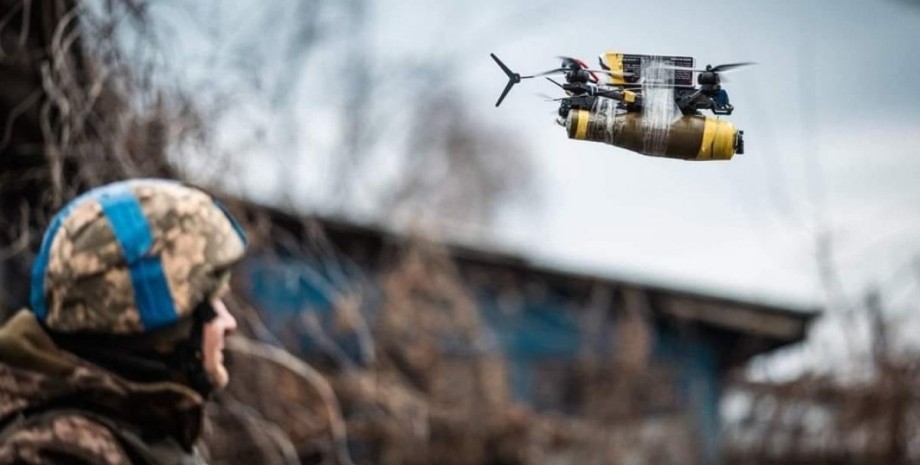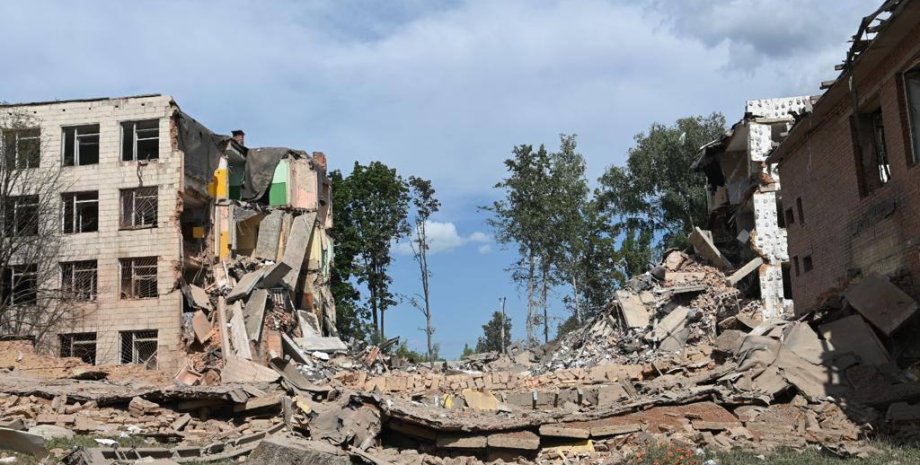
 By Victor Duda
By Victor Duda
FPV drones dominate the war in Ukraine, destroying twice as much equipment as other types of weapons combined. Their main problem is the suppression of communications signals by means of the HRs, through which about half of the copters do not reach the goals. Machine vision technology allows the operator to choose and capture the target, after which the drone fits into it on its own, and it does not matter whether control signals reach through radio electronic obstacles.
UAVs have been tested with this function in the war in Ukraine since 2024. Recently, the Armed Forces of the Russian Federation received new drones "Microbus" with a delight of target, according to the Russians, the first 3,000 such UAVs have already been put in the war zone in Ukraine. According to Typhoon commander with the call sign Michael, after the first tests, the results were ambiguous. To recognize the target, it must be contrasting and well visible against the background.
Therefore, it is difficult to impress the enemy on the battlefield if it is disguised as camouflage. The developers claim that drones with a rapid reaction, never panic or distracted, can reach an indicator of a hit by 80%, which, according to them, exceeds the performance of human operators. The military believes that people are not behind yet. "An experienced pilot with good technical training and properly set stack parameters can achieve this level of success," says Michael.
The number of drones with artificial intelligence depends largely on the type of target. Machine vision is easy to capture and track the vehicles that move in the open space, and much more difficult - infantry by shelter. As Michael added, now the Armed Forces of the Russian Federation is little use armored vehicles during storms, relying more on small infantry groups. Even if the system can capture the goal in landing, it is unlikely that all obstacles in its path.
It is especially difficult to do this in the summer when there are thick leaves on the trees. Michael shared a video recording from a recent operation that shows how difficult it is to track the forest soldiers even in the winter. For machine vision, they constantly change the size and shape, hide behind the shelter. Michael noted that drones with capture of goals can be very useful for hunting unnecessary equipment, such as cars and motorcycles, as well as small groups of infantry on the roads.
They are still effective for ambushes when the drone sits next to the road and waits for the enemy. The technology can make the starting automatic by turning the copter into a flying mine. When attacked by heavy -duty goals, drones are not enthusiastic about it, because they fly directly and beat where it is closer. Experienced operators are able to impress tanks and APC in the most vulnerable places, for example, in the back of the tower to disable the car from the first impact.
Inexpensive drones with artificial intelligence have not yet entered the battlefield. But over the last 18 months, they have moved from laboratory experiments to viable, albeit limited weapons. New drones with AI support are, more effective. In November, the Ukrainian government announced that he ordered the first batch of 3000 drones with machine vision.










All rights reserved IN-Ukraine.info - 2022